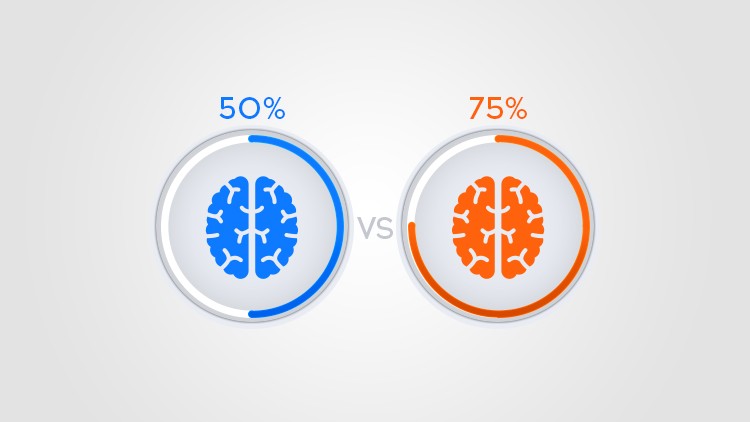
Learn Generative Adversarial Networks with PyTorch
What you will learn
Generative Adversarial Networks
State of the art Generative Learning
Progressively Growing GANs
BIG Generative Adversarial Networks
Description
I really love Generative Learning and Generative Adversarial Networks. These amazing models can generate high-quality images (and not only images). I am an AI researcher, and I would like to share with you all my practical experience with GANs.
Generative Adversarial Networks were invented in 2014 and since that time it is a breakthrough in Deep Learning for the generation of new objects. Now, in 2019, there exists around a thousand different types of Generative Adversarial Networks. And it seems impossible to study them all.
I work with GANs for several years, since 2015. And now I can share with you all my experience, going from the classical algorithm to the advanced techniques and state-of-the-art models. I also added a section with different applications of GANs: super-resolution, text to image translation, image to image translation, and others.
This course has rather strong prerequisites:
- Deep Learning and Machine Learning
- Matrix Calculus
- Probability Theory and Statistics
- Python and preferably PyTorch
Here are tips for taking most from the course:
- If you don’t understand something, ask questions. In case of common questions, I will make a new video for everybody.
- Use handwritten notes. Not bookmarks and keyboard typing! Handwritten notes!
- Don’t try to remember all, try to analyze the material.
Content